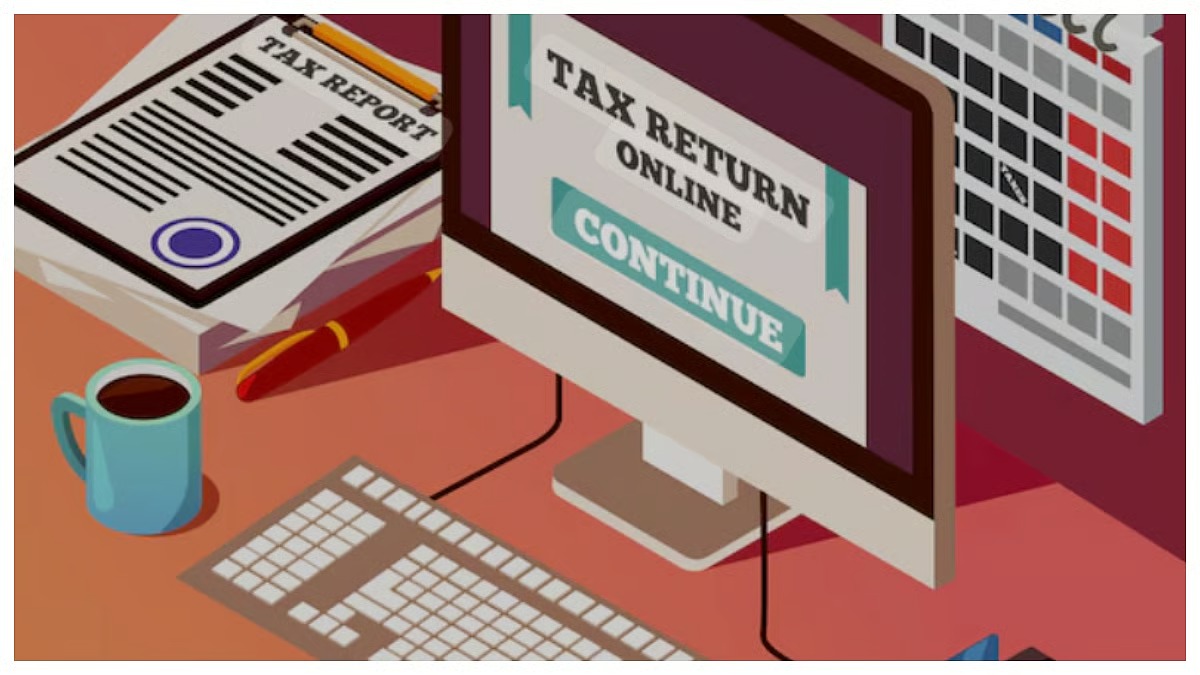In a landmark move to ease tax compliance, the Indian government is set to introduce a simplified refund form that will eliminate the need for filing a full Income Tax Return (ITR) for individuals earning below the taxable threshold. This initiative, part of the upcoming Income Tax Bill 2025, is designed to help salaried individuals reclaim Tax Deducted at Source (TDS) without navigating the complexities of traditional ITR filing.
Why This Matters
Many salaried taxpayers—especially young professionals, retirees, and part-time earners—face automatic TDS deductions even when their annual income falls below the taxable limit. Until now, the only way to reclaim this money was by filing a complete ITR, which often felt excessive and confusing for those with simple financial profiles.
The new proposal aims to streamline this process by introducing a user-friendly form that:
Auto-populates TDS data from Form 26AS, the consolidated tax statement
Requires minimal documentation and can be submitted online
Is being designed by the Central Board of Direct Taxes (CBDT) to ensure accuracy and ease of use
Who Qualifies?
Individuals with annual income below ₹12.75 lakh under the new tax regime
Those who have no other taxable income or complex financial disclosures
Taxpayers who have had TDS deducted due to missing documentation, such as Form 15G/15H
This form will allow eligible individuals to claim refunds directly, without filing a full ITR, saving time and reducing compliance stress.
When Will It Roll Out?
The simplified form is part of the Income Tax Bill 2025, which is expected to be passed during the 2025–26 budget session
If approved, the new system will be implemented from April 1, 2026
Additional Provisions in the Bill
Income tax officers may be granted access to digital records and devices for improved transparency
The bill includes 285 recommendations aimed at modernizing India’s tax system
Enhanced use of Form 26AS and Annual Information Statement (AIS) to reduce mismatches and errors
Sources: MSN, Free Press Journal, Business Today
